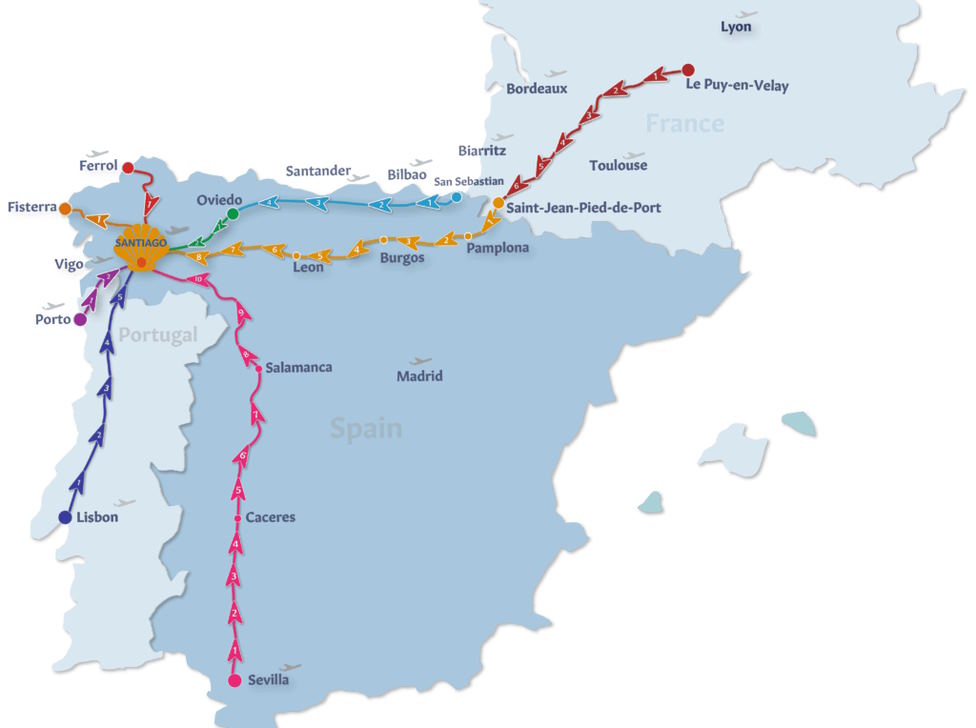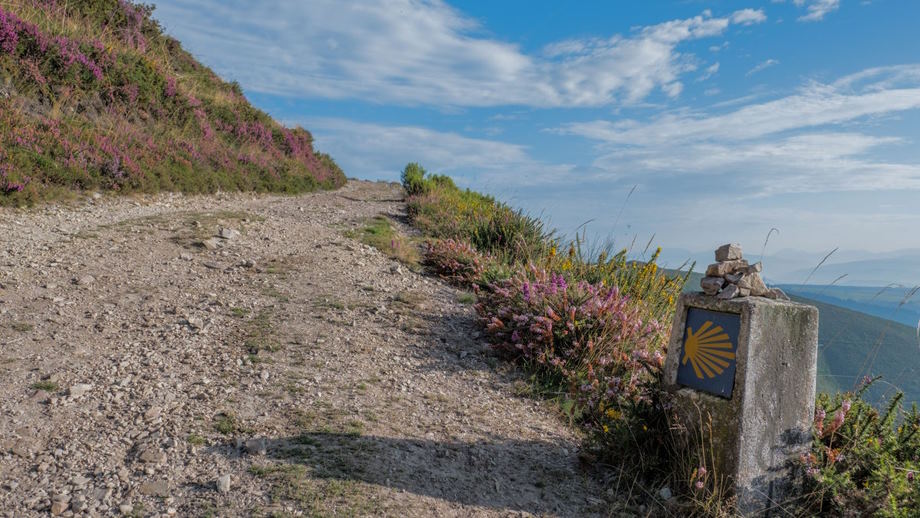The Camino de Santiago, a centuries-old pilgrimage route traversing the stunning landscapes of Europe, has captivated the hearts and souls of countless individuals seeking a profound spiritual experience. Beyond its historical significance, this remarkable journey offers pilgrims an opportunity for self-discovery, personal growth, and a deep connection with both nature and fellow travelers. Join us as we delve into the rich historical and cultural context, provide practical advice for preparation, and unravel the profound spiritual experiences and encounters that await those who embark on this extraordinary pilgrimage. Prepare to embark on a path that leads not only to Santiago de Compostela but also to the depths of your own being.
Transformative Experiences
One of the most remarkable aspects of the Camino de Santiago is the profound personal transformation that pilgrims undergo throughout their journey. Countless pilgrims have shared their stories and anecdotes, each one highlighting the profound impact the Camino has had on their lives.
The physical, mental, and emotional challenges faced along the Camino are abundant, pushing pilgrims beyond their comfort zones and testing their resilience. From trekking long distances day after day to enduring blisters, muscle soreness, and fatigue, the physical demands of the pilgrimage can be grueling. Yet, it is through these challenges that pilgrims discover their own strength and perseverance. As they overcome obstacles, they develop a newfound confidence in their abilities and a deeper understanding of their own physical limitations.
However, the Camino is not solely a physical journey; it is equally a mental and emotional one. Along the way, pilgrims are confronted with solitude, silence, and the opportunity for deep introspection. As they walk through the captivating landscapes, they have time to reflect on their lives, their dreams, and their purpose. The Camino becomes a space for self-discovery, healing, and letting go of emotional burdens. It is in this solitude that pilgrims often experience moments of profound clarity and epiphany, leading to emotional breakthroughs and personal growth.
Perhaps one of the most cherished aspects of the Camino is the sense of community and camaraderie that develops among pilgrims. Despite coming from different backgrounds, cultures, and walks of life, pilgrims quickly form bonds and create a supportive network along the pilgrimage route. Strangers become friends, and the shared experiences of the Camino create a unique sense of kinship. The encouragement, empathy, and shared stories among fellow pilgrims create a nurturing environment for personal transformation. The Camino becomes a microcosm of a world where compassion, understanding, and unity prevail.

Cultural Encounters and Discoveries
One of the most enriching aspects of embarking on the Camino de Santiago is the incredible cultural diversity encountered along the way. As pilgrims traverse through different regions and countries, they have the privilege of engaging with locals and fellow travelers from all walks of life, creating a tapestry of unique encounters and discoveries.
The Camino is a melting pot of cultures, a meeting point where people from various backgrounds come together in pursuit of a common goal. Conversations and interactions with fellow pilgrims become an opportunity to learn about different perspectives, customs, and traditions. Sharing stories, exchanging insights, and forging connections with individuals from diverse cultures fosters a deeper understanding and appreciation of our shared humanity.
Beyond the interactions with fellow pilgrims, the Camino presents pilgrims with the chance to explore the rich historical and architectural heritage of the regions they pass through. From ancient churches and monasteries to medieval towns and stunning landmarks, the Camino is a treasure trove of cultural and historical sites. Pilgrims have the privilege of immersing themselves in the grandeur of these places, witnessing centuries of human history and marveling at the architectural wonders created by civilizations of the past.
Immersing oneself in different cultures along the Camino sparks a profound appreciation for the world’s diversity. Through the encounters with locals, pilgrims gain insights into the traditions, cuisine, and way of life of the communities they pass through. Whether it’s joining in a local festival, savoring traditional dishes, or participating in cultural rituals, pilgrims develop a deeper understanding and respect for the cultures they encounter. This immersion fosters a sense of global citizenship, breaking down barriers and cultivating a spirit of inclusivity and open-mindedness.

Arrival in Santiago de Compostela
The moment of arrival in Santiago de Compostela is a culmination of emotions, a profound sense of accomplishment that washes over pilgrims as they step foot in the historic city. After weeks or even months of walking, the sight of the majestic Santiago Cathedral evokes a surge of joy, relief, and awe. It is a moment that pilgrims often describe as both overwhelming and deeply fulfilling, as they realize they have completed a journey that goes far beyond the physical.
A significant part of the pilgrimage experience in Santiago de Compostela is attending the Pilgrim’s Mass, held daily at the magnificent Santiago Cathedral. The mass serves as a spiritual celebration, a collective gathering of pilgrims from all corners of the world. It is a moment of reflection, gratitude, and reverence, where pilgrims offer their prayers and give thanks for the transformative journey they have undertaken. The Pilgrim’s Mass carries a deep symbolism, connecting pilgrims with the historical roots of the Camino and its spiritual significance.
Witnessing the Botafumeiro ceremony is another highlight of the arrival in Santiago. The Botafumeiro is an enormous incense burner, one of the largest in the world, suspended from the cathedral’s ceiling. During the ceremony, it swings through the vastness of the cathedral, filling the air with a mesmerizing aroma. The Botafumeiro represents a cleansing ritual, purifying the space and symbolizing the prayers and intentions of pilgrims rising to the heavens. It is a truly awe-inspiring spectacle that adds a touch of grandeur to the pilgrim’s journey’s final moments.
However, the arrival in Santiago de Compostela does not mark the end of the spiritual journey; rather, it signifies the beginning of a new chapter. Pilgrims often describe a continued sense of spiritual growth and reflection even after reaching their destination. Santiago becomes a place of contemplation, where pilgrims can process their experiences, give thanks, and continue to explore their own spiritual paths. The energy and inspiration gained along the Camino do not fade away in Santiago; they serve as a catalyst for ongoing personal growth and a deeper connection with oneself and the world.
